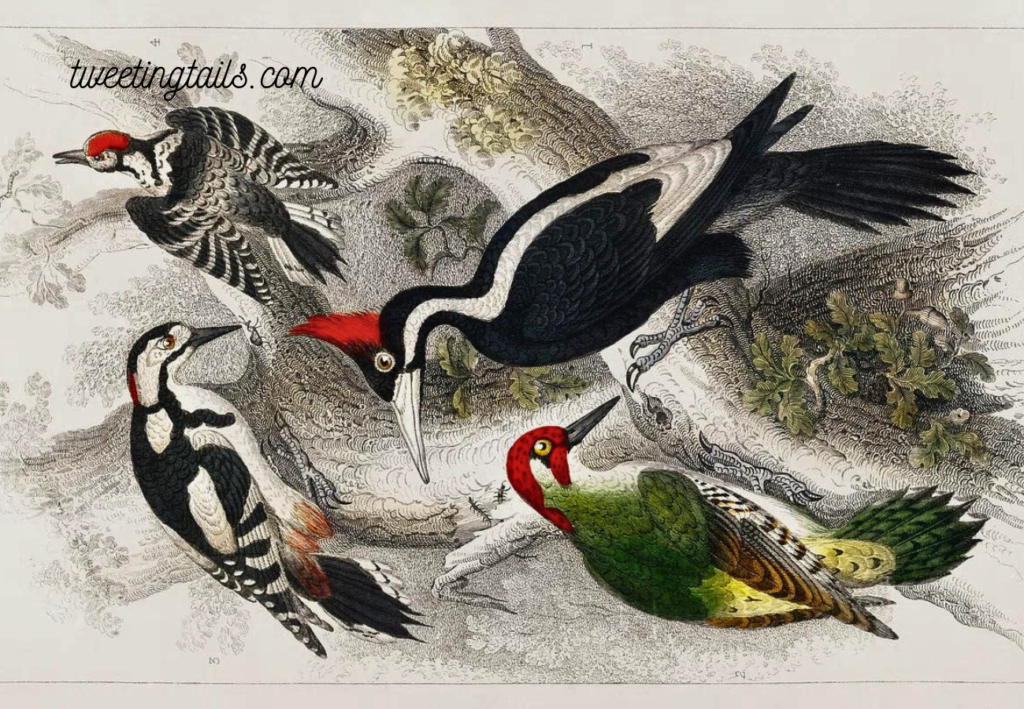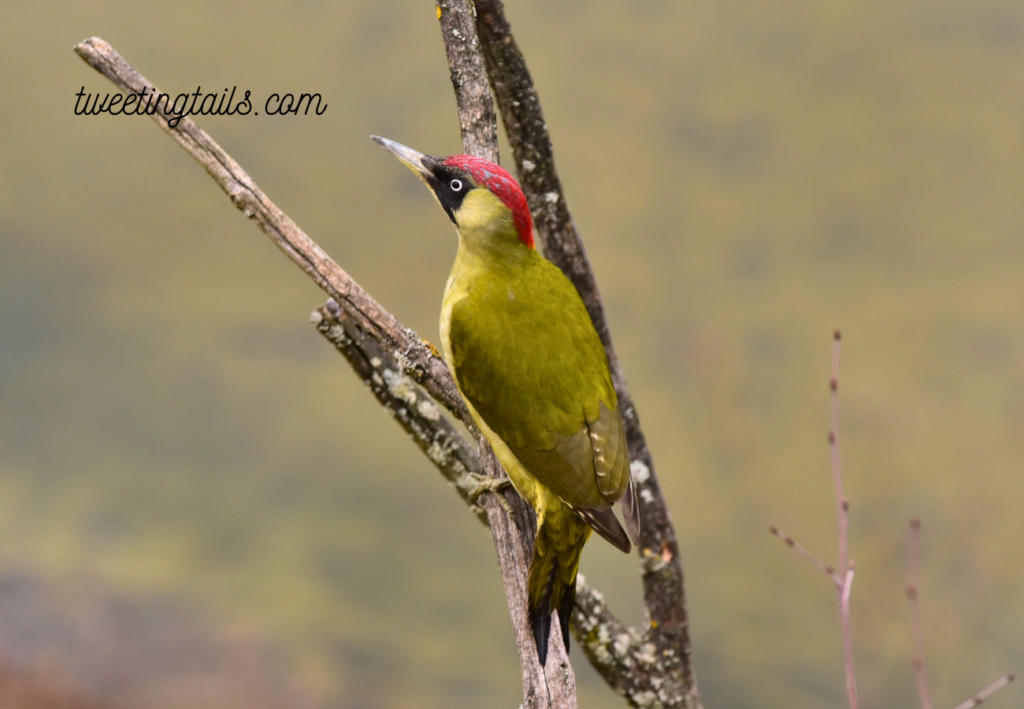Description
Discover the fascinating world of woodpeckers, exploring their bird species, habitat, physical characteristics, behavior, nesting habits, adaptations, conservation efforts, and communication. Uncover the secrets of these remarkable birds that echo through the woods.
Introduction
Welcome to the enchanting realm of woodpeckers, where nature’s symphony meets the artistry of avian life. In this comprehensive article, we’ll delve into the diverse facets of woodpeckers, from their different species to their unique behaviors, habitats, and the crucial role they play in the delicate balance of ecosystems.
Woodpecker Bird Species

The Variety in Woodpecker Species
Woodpeckers boast an array of species, each with distinctive features and characteristics. From the vibrant Red-headed Woodpecker to the elusive Hairy Woodpecker, these birds showcase nature’s creativity in avian form.
Exploring the Diversity
Discover the diversity within woodpecker species, ranging from the Pileated Woodpecker with its striking red crest to the Downy Woodpecker, known for its diminutive size.
Habitat
The Woodpecker’s Preferred Dwellings
Woodpeckers inhabit various ecosystems, adapting to both forested landscapes and urban environments. Understanding their habitat preferences provides insight into their resilient nature.
From Forests to Backyards
Explore how woodpeckers seamlessly navigate between dense forests and suburban areas, highlighting their adaptability and the interactions they forge with different environments.
Physical Characteristics
A Closer Look at Woodpecker Anatomy
Delve into the physical attributes that define woodpeckers, from their sturdy beaks to specialized feet. These features not only aid in their survival but also contribute to their distinctive appearance.
The Anatomy of Drumming
Uncover the science behind woodpecker drumming, understanding how their unique physical characteristics enable them to create rhythmic beats on trees and other surfaces.
Behavior
Woodpeckers in Action
Woodpeckers exhibit fascinating behaviors that set them apart in the avian world. From foraging techniques to communication through drumming, their actions reveal the intricate social dynamics within their communities.
Drumming as Communication
Explore the communicative aspect of woodpecker drumming, deciphering the messages conveyed through rhythmic beats and understanding how this behavior strengthens social bonds.
Nesting

Crafting Homes in Wooded Canopies
Woodpeckers showcase exceptional nesting behaviors, utilizing their beaks to carve out unique homes in tree trunks. Dive into the intricacies of their nesting habits and the significance of these carefully constructed dwellings.
The Art of Nest Building
Witness the precision and craftsmanship involved in woodpecker nest construction, shedding light on their dedication to creating safe havens for their offspring.
Adaptations
Evolutionary Wonders of Woodpeckers
Explore the remarkable adaptations that have allowed woodpeckers to thrive in various environments. From shock-absorbing skulls to specialized tongues, these adaptations showcase the brilliance of evolution.
Surviving in Style
Understand how woodpeckers’ adaptations contribute not only to their survival but also to their unique ways of interacting with their surroundings.
Conservation
Preserving Woodpecker Populations
Woodpeckers play a crucial role in maintaining ecological balance. Delve into conservation efforts aimed at preserving these avian wonders and the challenges they face in an ever-changing world.
The Call to Conservation
Learn about initiatives and steps taken to protect woodpecker habitats, emphasizing the importance of collective efforts in safeguarding these invaluable contributors to biodiversity.
Communication
Beyond Drumming: Vocal Expressions
Woodpeckers communicate not only through drumming but also through vocalizations. Explore the diverse range of sounds they produce, unveiling the intricate language of woodpeckers.
Decoding Woodpecker Language
Dive into the meanings behind different woodpecker vocalizations, unraveling the nuances of their communication and the role it plays in their social structure.
Frequently Asked Questions
Q: Are all woodpecker species found in North America?
A: No, woodpeckers are distributed globally, with various species inhabiting different continents.
Q: How do woodpeckers avoid concussions while drumming?
A: Woodpeckers have evolved specialized adaptations, including a unique skull structure and cushioning between their beak and skull, minimizing the impact of drumming.
Q: What is the purpose of drumming in woodpeckers?
A: Woodpeckers drum for various reasons, including attracting mates, establishing territory, and communicating with other woodpeckers.
Q: How many eggs do woodpeckers typically lay?
A: Woodpeckers usually lay a small clutch of eggs, ranging from 2 to 8, depending on the species.
Q: Are woodpeckers beneficial for ecosystems?
A: Yes, woodpeckers contribute to ecosystem health by controlling insect populations and creating nesting cavities that benefit other bird species.
Q: What can individuals do to support woodpecker conservation?
A: Individuals can contribute by preserving natural habitats, avoiding the use of harmful pesticides, and supporting organizations dedicated to bird conservation.
Conclusion
In conclusion, the world of woodpeckers is a captivating tapestry of biodiversity, resilience, and communication. From their diverse species to unique adaptations, these birds are a testament to the wonders of nature. Embrace the symphony of the woodpeckers, and let their story inspire a deeper connection with the avian marvels that grace our world.


